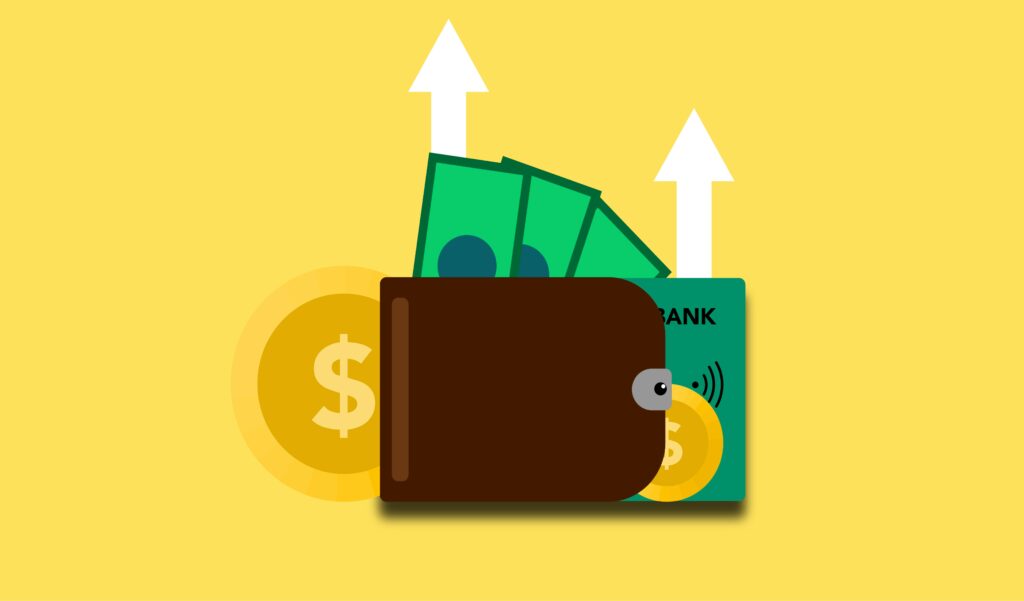Saving money can be a challenge, but with the right strategies, it’s entirely possible to build a healthy financial cushion. Here are 15 practical tips to help you save money effectively.

- Create a Budget
Start by understanding where your money is going. Track your income and expenses to identify areas where you can cut back. Use budgeting apps like Mint or YNAB to simplify the process. - Set Savings Goals
Having clear, achievable savings goals can keep you motivated. Whether it’s saving for a vacation, an emergency fund, or retirement, set specific targets and timelines. - Automate Your Savings
Set up automatic transfers from your checking account to your savings account. This way, saving becomes a regular habit, and you’re less tempted to spend the money. - Cut Down on Unnecessary Subscriptions
Review your monthly subscriptions and cancel any that you don’t use regularly. This includes streaming services, gym memberships, and magazine subscriptions.

- Cook at Home
Eating out can quickly drain your budget. Plan your meals, make a grocery list, and cook at home more often. Not only will you save money, but you’ll likely eat healthier too. - Shop with a List
Impulse purchases can add up. When you go shopping, stick to a list to avoid buying things you don’t need. - Use Coupons and Discounts
Take advantage of coupons, discount codes, and sales. Websites like Honey, RetailMeNot, and Groupon can help you find deals on products and services. - Buy Generic Brands
Generic or store-brand products are often just as good as their branded counterparts and can save you a significant amount of money over time.

- Reduce Energy Costs
Lower your energy bills by making your home more energy-efficient. Use LED bulbs, unplug electronics when not in use, and consider a programmable thermostat. - Limit Credit Card Use
Credit cards can lead to overspending due to high-interest rates. Use them wisely and pay off the balance in full each month to avoid interest charges. - Plan Big Purchases
Before making large purchases, take time to compare prices, read reviews, and look for the best deals. This approach helps you make informed decisions and avoid buyer’s remorse. - Practice DIY
Learn to do simple repairs and maintenance tasks yourself. YouTube tutorials can be a great resource for DIY projects, saving you the cost of hiring professionals. - Use Public Transportation
If possible, use public transportation instead of driving. This can save you money on gas, parking, and car maintenance. - Limit Impulse Buying
Give yourself a cooling-off period before making non-essential purchases. This helps you determine if you really need the item or if it’s just a temporary desire. - Review and Adjust Regularly
Periodically review your budget and savings goals. Life changes, and so do your financial needs. Adjust your plans accordingly to stay on track.

Conclusion
Saving money doesn’t have to be difficult. By implementing these practical tips, you can take control of your finances and build a more secure future. Start small, stay consistent, and watch your savings grow over time
